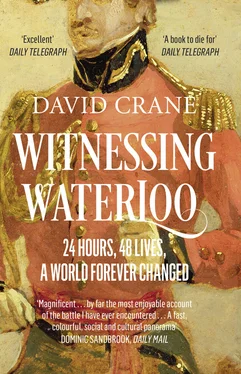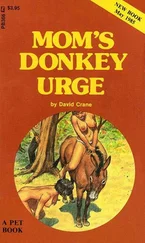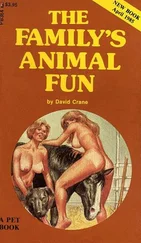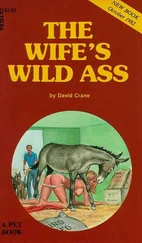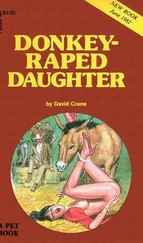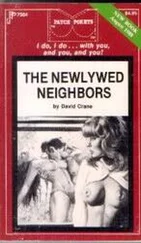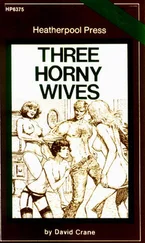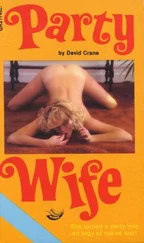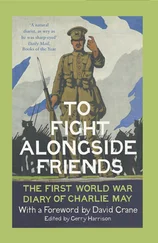It would have been odd if anyone had noticed Henry Crabb Robinson – with his long plain face, boxer’s nose and receding hairline there was nothing remarkable about him – but if Robinson was Everyman he also knew everyone and in that lay his solitary claim to fame. As a young man he had shared in the political excitement of the 1790s until time and necessity had sobered him, and at the age of forty-five he was a jobbing barrister on the Norfolk circuit of no particular ambition, a Boswell manqué with nothing of his genius or his vices; a decent, good-natured, worthy, middle-aged bachelor on the long, slow downhill road from youthful, Godwinian radicalism to respectable, philanthropic, Victorian liberalism.
The old red-brick terrace that dated back to the days of the Commonwealth was rich in the kind of literary associations Robinson loved – Dr Johnson had lived at No 1 when he had first come down to London, Boswell in a typical act of homage at No 2 – and for the last six years Inner Temple Lane had been the home of Charles Lamb and his sister Mary. As a young boy Charles had fetched the family’s water from the pump in the gloomy garden at the back of the house, and if the water only came with brandy these days, Hare Court was still as near to a place of childhood safety as anywhere in their haunted, restless lives that the Lambs would ever know.
Lamb loved the London that lay just the other side of the Temple Gate – its streets and playhouses, its churches and markets, its lighted shops and pretty milliners, its drunken bucks, tradesmen, whores and beggars, its coffee houses, bookstalls and print shops, its scuffles and pickpockets, even ‘the very dirt and mud’ – but he needed Hare Court and the shelter of the Temple precinct. In his younger days he had liked to fancy himself a Londoner in the robust eighteenth-century mould of a Johnson or Boswell, but Lamb was a spectator at the feast rather than a participant, a connoisseur and collector of the city’s sights and sounds, happiest and most secure when he could pull up the drawbridge and, surrounded by his friends and his mildewed books and his old furniture and the comforting ghosts of childhood, listen for the distant voice of the watchman or the muffled cry of ‘Fire’.
With its three dusty elms and dusty sparrows and graveyard gloom, situated just yards away from his beloved Fleet Street, Hare Court was not just Lamb’s metropolitan ideal but his ideal of the countryside too. From their old lodgings in King’s Bench Walk there had been a distant view across the Thames to the Surrey Hills, and save for the Temple Gardens or a walk along London’s New River, that was as close as the most doggedly un-romantic of all the Romantics liked ‘dead Nature’ to come. ‘I don’t much care if I never see a mountain in my life,’ he had written to Wordsworth fifteen years earlier, fending off an invitation to join him and his sister Dorothy for a holiday in the Lakes. ‘Your sun and moon and skies and hills and lakes affect me no more … than as a gilded room with tapestry and tapers, where I might live with handsome visible objects. I consider the clouds above me but as a roof, beautifully painted but unable to satisfy the mind … My attachments are all local, purely local … The rooms where I was born, the furniture which has been before my eyes all my life, a bookcase which has followed me about (like a faithful dog, only exceeding him in knowledge), wherever I have moved, old chairs, old tables, streets, squares, where I have sunned myself, my old school – these are my mistresses.’
For the last forty-five years this had been the whole circumference of Lamb’s world – the Temple, Christ’s Hospital, Bishopsgate, the clerks’ office in the East India Company – and the only world he had ever wanted. From time to time he and his sister Mary would be forced to move a few hundred yards in one direction or another, but it was only here among the clerks and Benchers of the Temple, in the prelapsarian world of their childhoods, that he was at home and as safe as he could ever be from the horror that for the last twenty years had shadowed the quiet, external tenor of their lives.
The horror had begun one Thursday afternoon in September in 1796, as a young seamstress was preparing dinner for her family in their cramped Holborn rooms just to the north of the Temple. For some reason that the coroner’s court could only guess at, the girl had suddenly seized a knife that was lying on the table, and baulked of killing her child apprentice, had turned on her bedridden mother and savagely stabbed her through the heart before the child’s screams could bring their landlord. ‘It seems the young lady had once before, in her earlier years, deranged, from the harassing fatigues of too much business,’ the Morning Chronicle reported; ‘as her carriage towards her mother was ever affectionate in the extreme, it is believed that in the increased attentiveness, which her parents’ infirmities called for by day and night, is to be attributed the present insanity of this ill-fated young woman.’
The fragile and harassed young woman was Mary, the bout of madness lasted only days – the coroner’s court found her insane but released her to her brother’s care – and for almost two decades that had been his life. Every few years rumours of their old tragedy would surface and the Lambs would be forced to shift their lodgings, but for nineteen heroic years Charles Lamb had fought to keep the world and his own incipient madness at bay, collaborating with Mary on her children’s stories and Tales , carrying her straitjacket for her on her sad, voluntary exiles to the Hoxton asylum whenever another attack threatened, and rising each day for thirty-three years to the drudgery of the East India Company accounts department to ensure that there would be a refuge to which she could return.
Over the years the loss and the perpetual anxiety for both Mary and his own mental state had taken its toll on Charles – it was there in the face, in the lines of suffering, the sadness in the smile, the misanthropic edge to his humour, the alcohol, the dark, unnerving depths that lay just beyond the bubbling shallows of his talk – but perhaps the strangest thing of all about Mary’s illness is that she never felt any guilt for what she had done. In the first days after the attack she had come to believe that a benevolent providence had ordained her mother’s death, and at some subconscious level madness remained almost as much a release as an affliction for her, an escape from the dull chrysalis of a spinsterish middle-age into a brilliant, fantasy past through which she glided with the abandoned licence of some dazzling court beauty of the age of Queen Anne and Congreve.
No one was more gentle or self-effacingly ‘feminine’ than Mary in her sane periods – the only woman of complete sense he had ever known, William Hazlitt claimed – and no one more brilliant or abandoned in her madness. It would have been less disquieting had their friends been able to see her insanity as something utterly unconnected with her ‘real’ personality, but nobody who heard her ravings – brilliant disjointed flashes of wit, sparkling jewels wrenched from their settings – could doubt that she was never so free as when she was in her straitjacket and never so restrained as when well.
Even for the most seasoned Lamb-watcher, in fact, it was hard to be sure who was looking after whom in Hare Court, or who had sacrificed most to create one, indivisible being out of the wreckage of their damaged lives, but no household in London ever attracted more loyal friends. For those who did not know the history of mental illness there was always something inexplicably odd about Charles, but for his discreet and inner circle of devotees, his defensive carapace of jokes and puns and antique flights of humour, eccentricities, reckless bursts of levity and bouts of helpless drunkenness – the ‘between the acts’ of his ‘distressful drama’ as he engagingly called them – only added a note of vulnerability that bound them even more protectively to him.
Читать дальше
